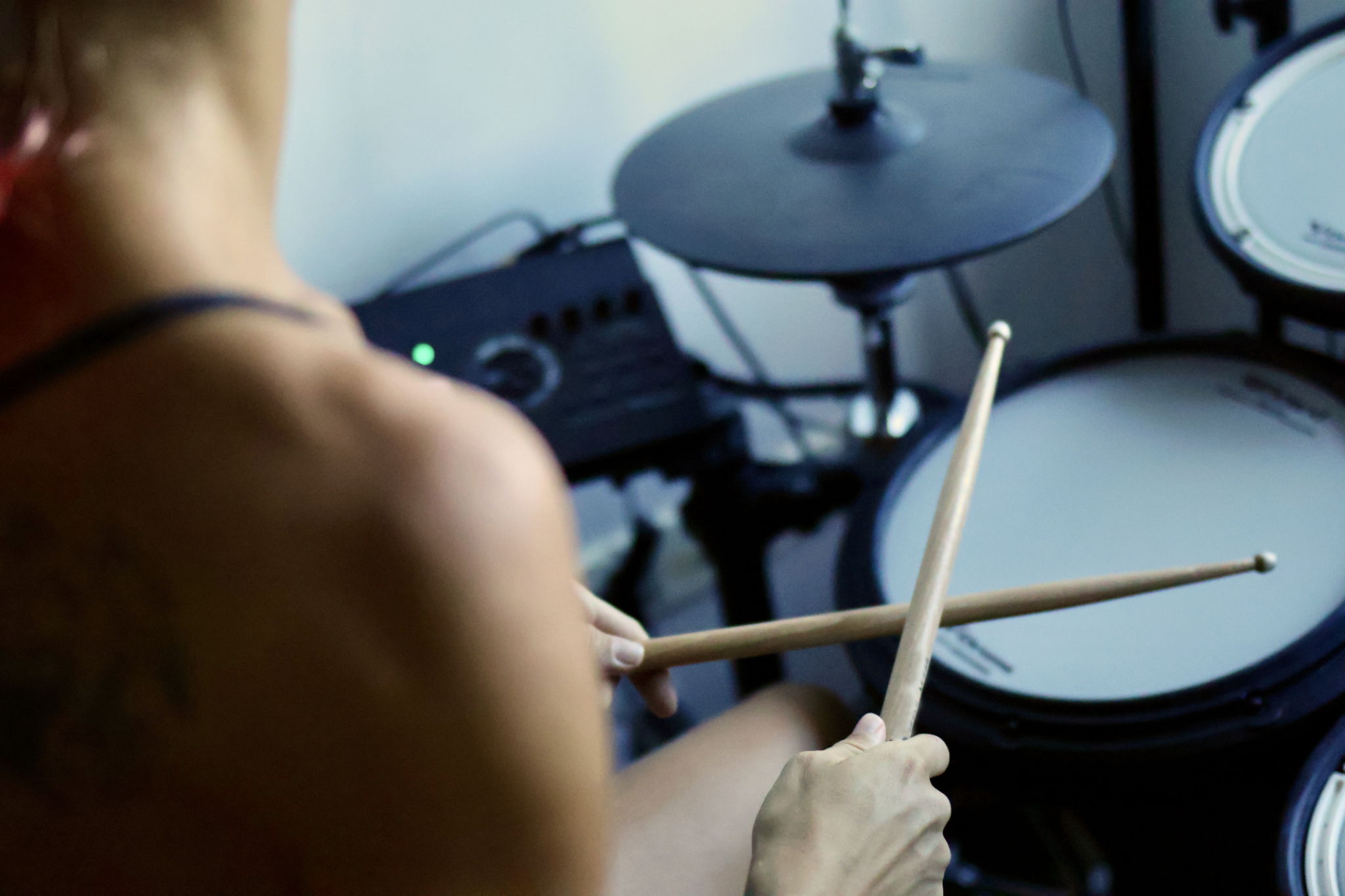Top Jazz Drum Techniques Every Drummer Should Know
Introduction to Jazz Drumming
Jazz drumming is a unique art form that requires a deep understanding of rhythm, dynamics, and improvisation. Unlike other styles, jazz drumming allows for a greater level of personal expression and creativity. Whether you're a budding drummer or an experienced musician looking to expand your skills, mastering jazz techniques can elevate your playing to new heights.

Brush Techniques
One of the defining elements of jazz drumming is the use of brushes. Brushes offer a softer, more subtle sound compared to sticks, making them ideal for ballads and quieter jazz pieces. The circular motion is a fundamental brush technique, where drummers move the brushes in a circular pattern on the snare drum to create a smooth, continuous sound.
Another essential brush technique is the sweep and tap. This involves sweeping the brush across the drumhead and then tapping it to add accents. Mastering these techniques requires practice and attention to detail, but they are crucial for any jazz drummer.
Swing Feel
The swing feel is at the heart of jazz music. It involves playing eighth notes in a triplet feel, creating a swinging rhythm that's both relaxed and driving. To achieve this, drummers often emphasize the second and fourth beats of a measure, known as the "backbeat."
Developing a strong swing feel is essential for any jazz drummer. This can be practiced by playing along with recordings of jazz greats or working with a metronome set to triplet subdivisions.

Syncopation and Polyrhythms
Jazz music is known for its complexity and syncopation. Syncopation involves accenting beats or parts of beats that are typically unaccented, adding an unexpected twist to the rhythm. Practicing syncopated rhythms can help drummers develop their timing and coordination.
Polyrhythms are another advanced technique used in jazz drumming. They involve playing two or more contrasting rhythms simultaneously. Mastering polyrhythms requires patience and practice but opens up new possibilities for creativity and expression.
Improvisation Skills
Improvisation is a critical component of jazz drumming. It allows musicians to express themselves freely and interact with other band members spontaneously. Drummers can develop their improvisation skills by learning various rudiments and patterns, which can be mixed and matched during solos.
Listening to live jazz performances and practicing soloing over standard jazz tunes can also enhance your ability to improvise effectively. Remember, improvisation is about being in the moment and responding to the music around you.

Advanced Stick Control
While brushes are essential, stick control remains vital in jazz drumming. Techniques such as the Moeller method can help drummers achieve dynamic control and speed. This method focuses on using a combination of wrist and arm movements to produce powerful strokes with minimal effort.
Practicing rudiments like paradiddles and flams can also improve stick control, enabling drummers to execute complex patterns smoothly.
Conclusion
Mastering jazz drum techniques takes time, dedication, and a love for the music. By focusing on brush techniques, swing feel, syncopation, polyrhythms, improvisation, and advanced stick control, drummers can develop their unique voice in the world of jazz.
Remember, the key to becoming a great jazz drummer is continuous learning and practice. So pick up those sticks or brushes, listen to your favorite jazz records, and start exploring the rich world of jazz drumming today!
